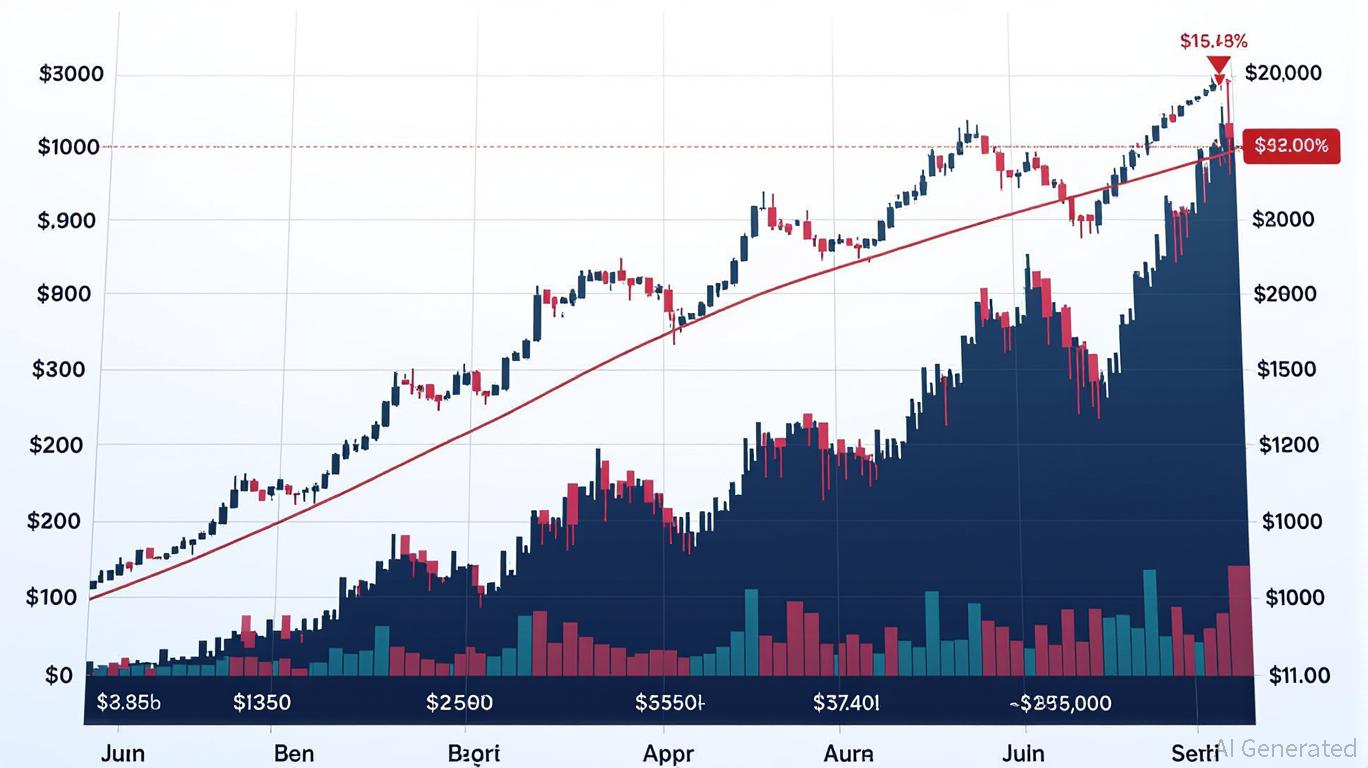Polymarket gets permission slip: CFTC clears path for first fully regulated US prediction exchange
Polymarket, long billed as the world’s largest prediction market, announced that the U.S. Commodity Futures Trading Commission (CFTC) has officially authorized it to operate an intermediated trading platform.
- After years of operating in regulatory gray zones, Polymarket scores federal approval.
- The U.S. CFTC effectively welcomed Polymarket into the club of fully regulated U.S. exchanges.
- It’s a comeback of sorts; In 2022, Polymarket received a hefty fine and agreed to block U.S. users.
In other words, Polymarket can now onboard brokerages, offer direct customer access, and facilitate trading on U.S. venues — all under the watchful eye of Washington, D.C.
The approval follows a soft launch earlier this month.
Polymarket operated quietly within a closed beta, with just select users placing real-money bets on live contracts.
“The US Exchange is actually live and operational, and people are being onboarded. It’s effectively in a beta test,” founder Shayne Coplan said at the time.
Before that, the CFTC issued a no-action letter clearing the way for the platform to restart operations through its newly acquired entities, QCX and QC Clearing.
What the approval means
Polymarket customers can now trade through futures commission merchants (FCMs) and tap into the familiar plumbing of traditional finance, complete with standard custody arrangements and reporting rails.
It’s a notable shift for a company that once faced enforcement action from the very same regulator now handing it a permission slip.
“People rely on Polymarket because we provide clarity where there is confusion and accountability where there is ambiguity,” Coplan said in a prepared statement Tuesday. “This approval allows us to operate in a way that reflects the maturity and transparency that the U.S. regulatory framework demands. We’re grateful for the constructive engagement with the CFTC and look forward to continuing to demonstrate leadership as a regulated U.S. exchange.”
As part of the amended order, Polymarket has built out the compliance infrastructure that regulators expect from any designated contract market. This includes upgraded surveillance systems (yes, the boring but essential stuff), tougher market supervision policies, refined clearing procedures, and the kind of part-16 regulatory reporting capabilities that only a compliance officer could love. More rules and processes will roll out before the intermediated platform officially launches.
Even with this green light, Polymarket remains firmly bound by the Commodity Exchange Act and all the CFTC regulations that govern designated contract markets — including ongoing self-regulatory obligations. That means plenty of oversight, continued transparency, and safeguards that bring prediction markets closer to traditional futures exchanges than ever before.
For a platform that once lived on the edge of U.S. legality, this moment marks a full-circle reset.
What’s next
Polymarket and its main rival, Kalshi, are now circling opportunities in web3 technologies .
The latest developments mark a stark turnaround. Back in 2022, the CFTC alleged that Polymarket was offering unregistered event-based binary options to U.S. users. The firm paid a $1.4 million penalty to settle the charges and ceased U.S. operations as part of the agreement.
Fast forward to 2025, the commission reversed course under a new leadership team, with Donald Trump Jr. onto its advisory board.
Disclaimer: The content of this article solely reflects the author's opinion and does not represent the platform in any capacity. This article is not intended to serve as a reference for making investment decisions.
You may also like
Bitcoin Leverage Liquidation Patterns: Managing Risk Amidst Crypto Market Volatility
- 2025 crypto liquidation events exposed leverage risks, with $2B+ daily losses from Bitcoin’s volatility and thin liquidity. - Structural flaws like over-leveraged positions and inadequate buffers worsen cascading price declines during crashes. - Panic selling and herd behavior amplified losses, as seen in Ethereum and Solana’s $239M combined liquidations. - Experts urge diversified portfolios, automated tools, and liquidity-aware strategies to mitigate leverage-driven risks.

Balancer’s $8 Million Recovery Strategy Splits DeFi: Accuracy or Backing the Community
- Balancer DAO proposes $8M recovery plan to reimburse victims of a $116M exploit via proportional BPT-based returns to affected liquidity pools. - Attack exploited a rounding function vulnerability in Stable Pools, bypassing 11 smart contract audits and draining funds through manipulated swaps. - Non-socialized distribution prioritizes precision over community-wide sharing, sparking debates about fairness and governance in DeFi recovery. - Industry experts highlight the incident as a "wake-up call," urgin
Ethereum Updates Today: Bhutan's Strategic Adoption of Ethereum: Leveraging Blockchain for National Digital Identity
- Bhutan stakes 320 ETH ($970,820) via Figment.io, adding 10 Ethereum validators to boost blockchain participation and economic resilience. - The government migrates its National Digital Identity system to Ethereum by 2026, leveraging its security for 800,000 citizens' self-sovereign identity. - Crypto reserves (6,154 BTC, 336 ETH) support the Gelephu Mindfulness City project, aiming to integrate blockchain with sustainable urban development. - Challenges include digital asset volatility and regulatory gap

The Strategic Value of Industrial Properties Amid Upstate New York’s Changing Economic Environment
- New York State's FAST NY and POWER UP programs are driving industrial real estate growth in Upstate through infrastructure grants and power-ready site upgrades. - $283M+ in grants since 2022 has transformed underutilized sites into competitive assets for semiconductors and clean-tech industries. - Corporate campus redevelopments like STAMP Park demonstrate 10%+ property value increases through public-private infrastructure partnerships. - Strategic investments align with semiconductor "superhighway" goal

